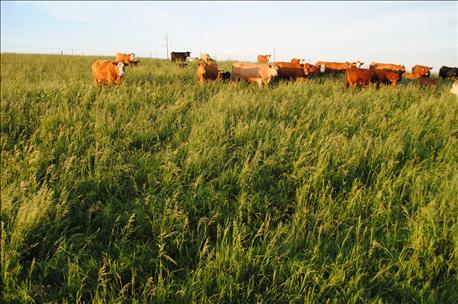
This past week, I attended one of the University of Nebraska Ranching for Profit workshops in Ainsworth. Although prices for the cow-calf producers have still been very good, with herd expansion underway, producers continue to be concerned about declining profitability. They are interested in each and every expense.
At the meeting, UNL Extension educator, Aaron Berger talked about a potentially hidden non-cash expense for cow-calf producers. That is depreciation. It is something we don’t consider when we think about our costs of owning a herd.
Here are a few things I overheard during Berger’s session.

COW DEPRECIATION: One of the largest expenses to cow-calf producers after feed.
“Cow depreciation is frequently the second largest expense to the cow-calf enterprise after feed.”
“Three ways to decrease depreciation include reducing initial cost; increasing salvage value of cows leaving the herd; and increasing the number of years a cow is productive.”
“Use a systems approach to replacement heifer development by utilizing more inexpensive feed resources to develop heifers to lighter target weights at breeding.”
“Lower input systems allow producers to develop replacement heifers at lower cost without sacrificing reproductive performance.”
“You can do things with management to make a smaller cow that will still have a good calf.”
“Pick your time to sell cull cows, understanding that the cull cow market is seasonal.”
“Cull value is depressed in November and December because there is a surplus.”
Related: Be prepared for the 'reset of the ag economy'
“What if you held the cull cow to mid-March, feeding her crop residues, good hay or meadow? She would gain weight and would gain value.”
“Increase the productive years of a cow by selecting replacements that fit feed resources and environment.”
“Don’t forget the value of hybrid vigor.”
“Heifers that calve early in the calving season are more likely to stay in the herd.”
You can get all the details of this workshop by reading an upcoming article in Nebraska Farmer online or at our Facebook page. Follow me on Twitter @HuskerHomePlace and Editor, Tyler Harris @tyharris08. Try #NebFarmNow and #HHD15.
About the Author(s)
You May Also Like






